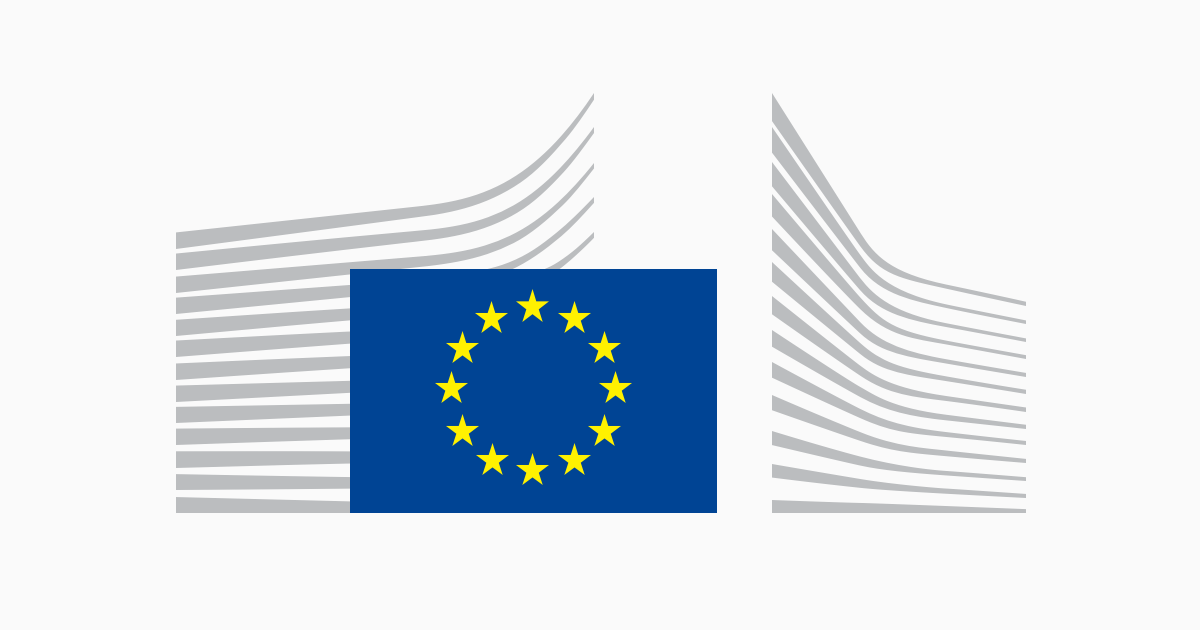Europe's AI Gigafactories Attract Massive Industry Interest as EU Pushes for Digital Sovereignty

Europe’s vision for a new era of AI infrastructure is gaining serious traction. The European Commission has received a wave of proposals from companies eager to help build AI Gigafactories across the continent—massive computing hubs designed to propel Europe into the frontlines of the global AI race.

According to officials in Brussels, 76 expressions of interest have been submitted, covering 60 potential sites across 16 EU countries. While details remain under wraps for now due to commercial confidentiality, the sheer volume and quality of the submissions have energized policymakers. The proposals include major players from the data center, telecom, energy, and tech sectors—signaling that this is more than just political theater.

Behind the enthusiasm is a strategic pivot: the EU wants to move beyond its historic dependency on foreign tech by building sovereign AI capabilities. These AI Gigafactories aren’t just scaled-up data centers—they’re purpose-built environments designed to develop, train, and deploy the next generation of AI models at scale.
The ambition is bold: European consortiums are reportedly planning to acquire at least three million GPUs, giving them the computational firepower to train frontier AI models that could rival those coming out of the U.S. or China.
What Is an AI Gigafactory?
Think of it as a next-gen digital powerhouse. Unlike traditional data centers, AI Gigafactories focus specifically on training AI systems, requiring massive computing capacity, specialized chips, and tightly integrated software ecosystems. They represent a leap forward from Europe’s existing EuroHPC supercomputing infrastructure, shifting from academic and research use to commercially focused, AI-first operations.
The European Commission sees this as essential for developing “AI Made in Europe”—systems shaped by EU values, privacy standards, and industrial priorities.
A Race Against Global Giants
Over the last 18 months, U.S. tech firms have poured billions into GPU clusters, custom AI chips, and hyperscale computing centers. China is rapidly following suit. Europe, often criticized for moving too slowly, now appears ready to catch up—if not leap ahead in certain niches.
Still, challenges remain. The biggest? Energy. Training advanced AI models is energy-intensive. Some proposals hint at creative solutions, such as building facilities in Northern Sweden powered entirely by hydroelectric energy and cooled naturally by the Arctic climate.
What’s Next?
The Commission will now begin reviewing the submissions and engaging with interested companies. A formal call to establish the AI Gigafactories is expected in late 2025, coordinated by the EuroHPC Joint Undertaking, which previously led Europe’s supercomputing efforts.
While the timeline might feel sluggish to fast-moving startups and industry disruptors, coordinating a multi-country infrastructure project of this magnitude requires careful navigation of regulatory, technical, and funding complexities.

